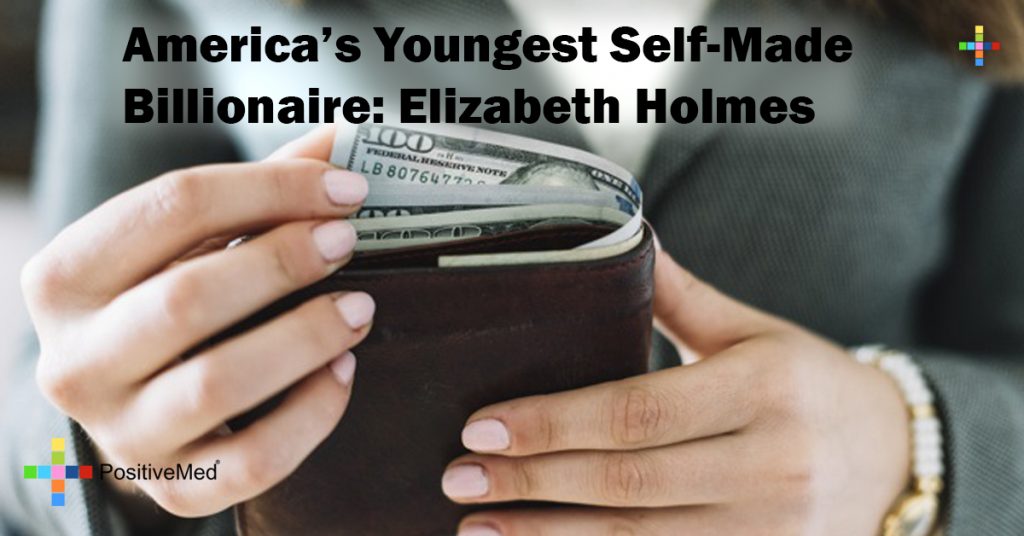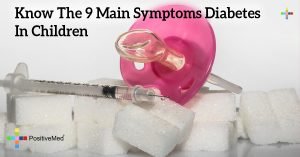
America’s Youngest Self-Made Billionaire: Elizabeth Holmes
30-year old Elizabeth Holmes, who was a college dropout at age 19, is out for your blood.
According to Forbes, she dropped out of her sophomore year at Stanford in 2003 to found a blood-testing company called Theranos with money she’d set aside for college. Her labs can quickly, and cheaply, test a drop of blood that takes most labs a full vial, and plenty of money, to do. They’ve innovated a new way of testing blood that involves no syringe and can give actionable results from drops rather than ounces. Theranos has raised $400 million from venture capitalists alone, valuing the company at $9 billion and her stake in it at $4.5 billion.

Currently a former senator, a secretary of state, and a general are on her board of advisors, which may not be surprising for a person who started a business to distribute C++ software to Asian universities while they themselves were still in high school.
Holmes says that with Theranos she wants to offer people a faster, easier, cheaper method of getting access to their health information and allow them to transform their attitudes and behaviors towards treatment for serious health conditions, allowing them more time to get help and reap the benefits of early detection. Theoretically, in the lab tests that Theranos will provide, people will get greater access to information; the same kind of information utilized in 60-80% of all clinical decisions. With their partnership with Walgreens, anyone who needs or wants a blood test can walk into a drug store – even after working hours – and submit a small sample of blood from just a finger prick. Theranos can run 70+ tests on this tiny sample, checking for anything from STIs to blood sugar abnormalities at a fraction (read: 50-90% less) of the cost of Medicare reimbursement rates. Currently, the lab boasts it can run 30 tests and get results in 4 hours.
Elizabeth’s goal, reportedly, is to have one center within five miles of any American – or one mile for those in cities. The cost depends on the scope of the tests and the projected average is $30. The center also posts the prices for each of their 1000 tests on their websites.
This is big news for those in the US who spend more on healthcare than any Western nation, and almost two and a half times the amount spent the most other developed countries. Even with these numbers, most Americans lack access to timely and quality care. Patients who even get in the door face unpredictable, fickle, and astronomical costs for even the most routine diagnostic procedures such as blood testing.
Obstacles such as this one are so daunting that seeking health care is most often viewed as a last resort, only to be considered when symptoms are to the point of disrupting everyday life, and in too many cases that’s too late. Elizabeth Holmes wants us to have access to affordable, preventative care as a human right. It is a right. The right to be as healthy as possible. And that is at the root of her mission to make health information accessible to everyone, at the time they deem it necessary.
How this will work, exactly, and whether people will fully adopt this vision she has of people tracking their health, “almost the way they might check a bathroom scale to watch their weight,” remains to be seen. If this goal is successful, this really could change our world’s approach towards medicine.
“I think a lot of young people have incredible ideas and incredible insights, but sometimes they wait before they go give their life to something. What I did was… to start a little earlier.”





